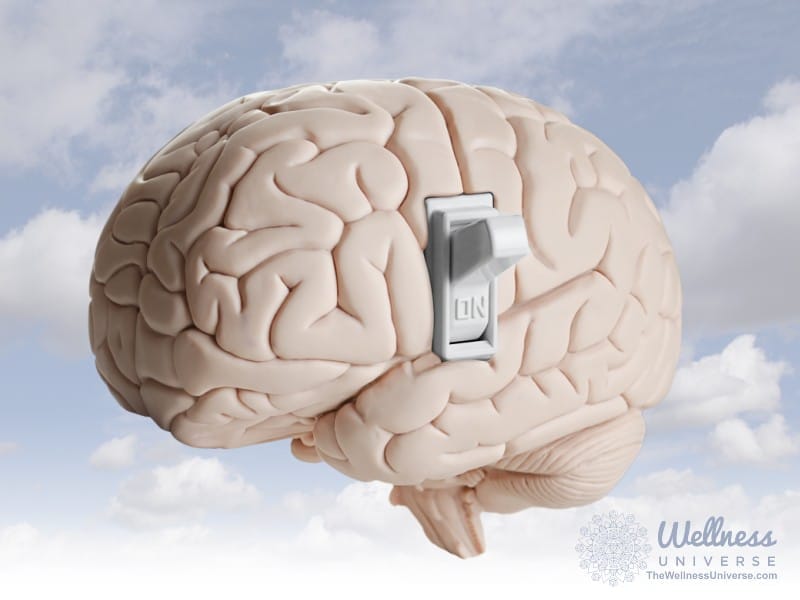Understanding and Diagnosing ADHD: A Comprehensive Guide
The Diagnostic Process for ADHD: A Comprehensive Guide
Attention Deficit Hyperactivity Disorder (ADHD) is a complex neurodevelopmental condition that affects attention, impulsivity, and hyperactivity. Proper diagnosis is crucial for managing ADHD effectively, yet the process can be overwhelming for individuals and families. Diagnosing ADHD involves a thorough evaluation that includes clinical interviews, behavior assessments, and cognitive testing. Since no single test can diagnose ADHD, healthcare providers use multiple methods to gain a comprehensive understanding of an individual’s symptoms and challenges.
The diagnostic process for ADHD typically begins with a detailed clinical interview conducted by a healthcare professional, such as a psychiatrist, psychologist, or pediatrician. This interview aims to gather a comprehensive history of the individual’s behavior, symptoms, and development. It includes gathering information about developmental history, current symptoms, family history, and coexisting conditions.
In addition to clinical interviews, behavior rating scales are commonly used in the diagnosis of ADHD to evaluate how symptoms present in different settings. These scales provide an external perspective on how ADHD symptoms affect the individual in various environments and help rule out other behavioral or emotional disorders that might mimic ADHD symptoms.
Cognitive testing is often used to assess specific areas of brain function impacted by ADHD, such as attention, working memory, and executive functioning. These tests help identify cognitive strengths and weaknesses, providing valuable information for both diagnosis and treatment planning.
Before making a definitive diagnosis of ADHD, healthcare providers often conduct medical evaluations to rule out other medical or neurological conditions that could be causing ADHD-like symptoms. Conditions such as sleep disorders, thyroid problems, vision or hearing impairments, and certain learning disabilities can mimic ADHD.
The role of the DSM-5 criteria is essential in the diagnosis of ADHD, as it provides the official criteria for diagnosing the disorder. To meet the criteria for ADHD, an individual must exhibit a persistent pattern of inattention, hyperactivity, or impulsivity that interferes with functioning or development.
In conclusion, diagnosing ADHD requires a comprehensive and multi-faceted approach due to the variability of symptoms between individuals and the potential overlap with other conditions. A thorough assessment that includes clinical interviews, behavior rating scales, cognitive testing, and medical evaluations helps ensure an accurate diagnosis. Understanding the diagnostic process can help individuals and families feel more prepared and confident as they navigate the path to diagnosis and treatment. With a proper diagnosis, individuals with ADHD can access the support and strategies they need to thrive academically and personally.
